John Hurrell – 11 December, 2019
The flip-dot paintings I find particularly fascinating, three of the four coming in a 28 x 28 modular grid (the other is 28 x 42) and having an ‘exhaling' whooshing noise when they change their binary configurations. Overall there is a sea of matte black on one side, and on the reverse two or three dominant colours and one or two sporadic hues like grey or pale green.
Australian artist Rebecca Baumann is well known in this country, being especially admired for her mechanised notice-board paintings, coloured rectangular panels in a grid that individually change hue within a noisy whirr—akin kinetically to airport flight destination flutterboards.
Baumann has been in several shows at Starkwhite. The current solo one presents a batch of recently developed series of flip-dot kinetic paintings (more subtle in their sculptural physicality), a suite of pink drawings looking at permutations of shape, and some experiments with light passing through bands of coloured film placed around the edges of Starkwhite‘s large streetfront windows.
The flip-dot paintings I find particularly fascinating, three of the four coming in a 28 x 28 modular grid (the other is 28 x 42) and having an ‘exhaling’ whooshing noise when they change their binary configurations. Overall there is a sea of matte black on one side, and on the reverse two or three dominant colours and one or two sporadic hues like grey or pale green.
Each work can be randomly programmed to explore bracketed periods of time, variations of constellations of a few dots, and combinations with rectangular blocks of many coloured dots. If you look closely you can see the colour on the lower rimmed edges of the black circles.
In this row of four, the two outer works tend to be based on a handful of changing dots while the two inner ones are denser with their packed decaying oblongs of little discs. The coloured dots rest on nodules at 3 o’clock and black ones at 12, and the movement between the two sides is extraordinarily fast. Baumann‘s machines are modified (outdated) share price noticeboards.
They affect the perceptive viewer like one’s participation in memory-based card games such as Concentration or Happy Families. After prolonged viewing of a constantly changing work you start to remember where certain hues are likely to be found. Coloured ‘territories’ start to emerge—peculiar to each work.
I much prefer these Baumann flip-dot paintings to her earlier pastel coloured flutterboard ones. The greater tonal contrast between the dominant black and the sporadic pale hues creates a more striking compositional drama. Even though the dots are a lot smaller than the revolving boards, the black works are much more visceral optically. That opticality provides a deeper anchoring space for the shuffled circles of colour to hover in. Their zigzagging flickering activity is more compelling. More mesmerising.
John Hurrell

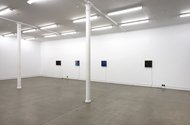
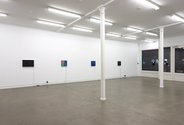



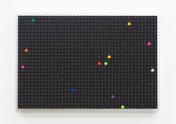
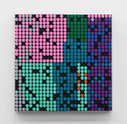
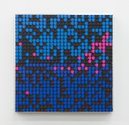

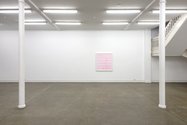
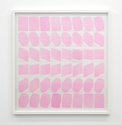

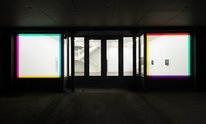
 Two Rooms presents a program of residencies and projects
Two Rooms presents a program of residencies and projects Advertising in this column
Advertising in this column



This Discussion has 0 comments.
Comment
Participate
Register to Participate.
Sign in
Sign in to an existing account.